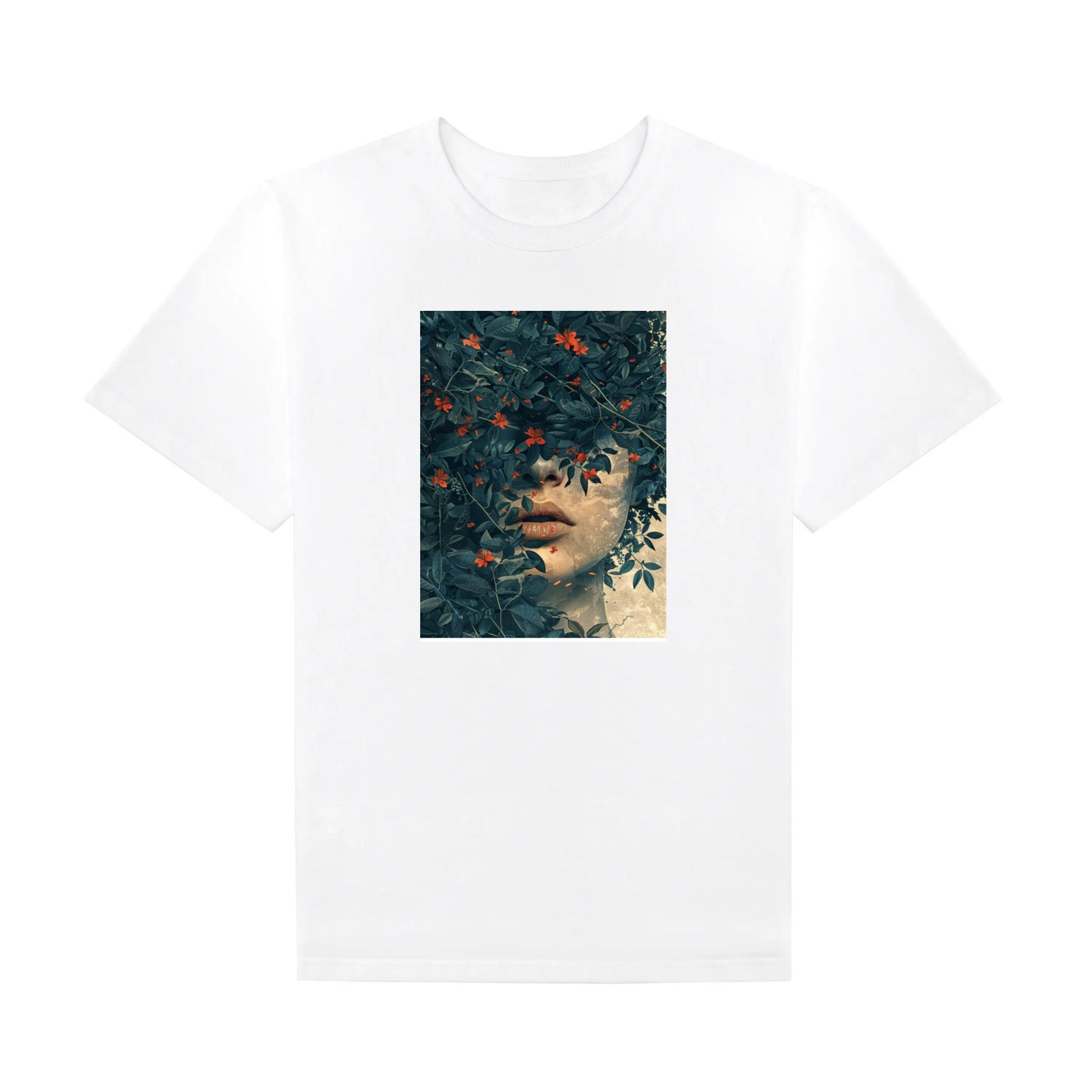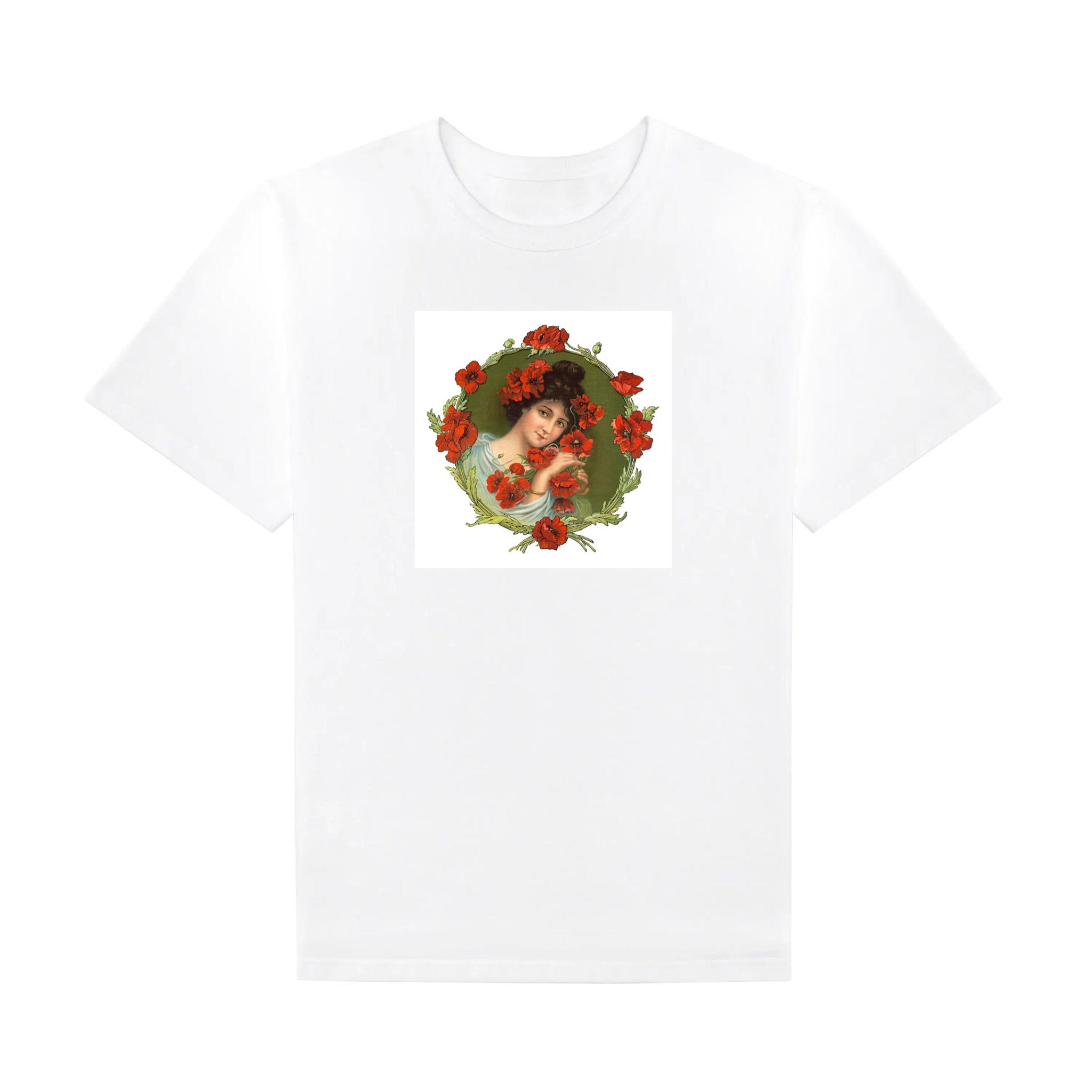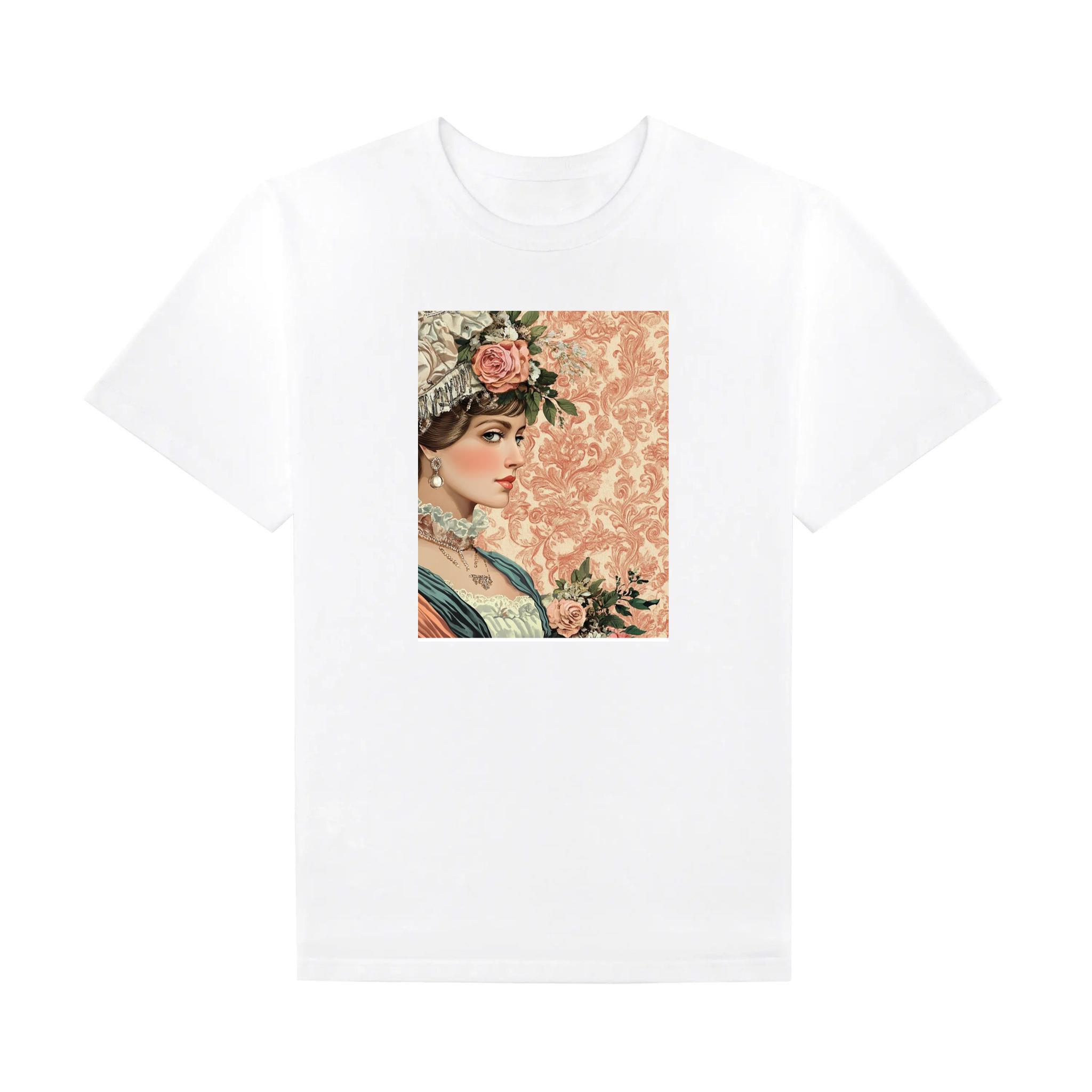Introduction
The T-shirt is more than just a wardrobe essential; it is a universal symbol of comfort, self-expression, and cultural relevance. Found in every corner of the world and in nearly every closet, the T-shirt transcends age, gender, nationality, and style preferences. Its simplicity has allowed it to adapt, evolve, and maintain relevance for over a century. This article explores the multifaceted nature of the T-shirt, from its early beginnings to its role in modern fashion, its cultural symbolism, production processes, sustainability, and its position in the digital age.
A Brief History of the T-Shirt
The T-shirt’s history dates back to the late 19th century when it began as a utilitarian garment. Originally used by laborers and soldiers, particularly in the U.S. Navy, T-shirts were favored for their ease of wear and breathable fabric. By the mid-20th century, T-shirts had evolved from undergarments into casual outerwear, thanks to cultural icons like Marlon Brando and James Dean who popularized them in Hollywood films.
By the 1960s, T-shirts were being used as a canvas for slogans, band logos, and political statements. This era marked the beginning of the T-shirt as a powerful medium of communication. From then on, T-shirts were no longer just clothing—they became symbols of belief, rebellion, and identity.
Materials and Construction
T-shirts are typically made from cotton or cotton-blend fabrics. Cotton remains the most popular material due to its softness, breathability, and comfort. However, synthetic fibers like polyester are often blended to improve durability, wrinkle resistance, and elasticity. More recently, eco-friendly materials like organic cotton, bamboo, and recycled fabrics are gaining popularity due to growing environmental awareness.
Construction of a T-shirt involves several steps: fabric knitting, cutting, assembling, and finishing. The fabric is first knit into large rolls, which are then cut into specific patterns. These pieces are stitched together, and additional elements like collars, hems, and tags are added. Quality control ensures that the final product meets size, shape, and durability standards.
Fashion and Style Evolution
The T-shirt has evolved to suit diverse fashion trends. Initially associated with casualwear, the T-shirt has become a versatile item, worn under suits, paired with skirts, or styled as part of athleisure outfits. Modern T-shirts come in various fits (slim, regular, oversized), sleeve lengths (short, long, cap), and necklines (crew, V-neck, scoop).
Designer brands have embraced the T-shirt, transforming it into high fashion by using luxury fabrics, bold prints, and limited-edition collaborations. Graphic T-shirts, in particular, are widely used to showcase artwork, branding, and pop culture references. Minimalist plain tees also hold a special place in fashion for their clean, timeless look.
Cultural and Social Symbolism
T-shirts have become a universal tool for communication and storytelling. Protest movements have utilized T-shirts to broadcast messages, such as the anti-war slogans of the 1960s, feminist statements in the 1970s, and LGBTQ+ advocacy in more recent decades. Political campaigns, social causes, and public awareness initiatives continue to use T-shirts as walking billboards.
In pop culture, band T-shirts and concert merch have become badges of musical taste and identity. Fans wear T-shirts to signal their allegiance to a particular artist or genre. Sports teams, movie franchises, and video game companies also use T-shirts to connect with their audiences.
In the digital era, memes and viral content quickly make their way onto T-shirts, allowing people to wear humor, irony, and commentary on current events. T-shirts often capture the mood of the moment, acting as a time capsule of collective culture.
Economic Impact and Global Industry
The T-shirt industry is a major segment of the global apparel market. Mass-produced T-shirts are manufactured at an enormous scale in countries like Bangladesh, Vietnam, China, and India. These garments are then exported worldwide, creating a complex and often controversial supply chain involving labor, logistics, and environmental concerns.
Fast fashion has accelerated the production and consumption of T-shirts, making them widely available and affordable. However, this model also contributes to overproduction, waste, and labor exploitation. Conversely, small businesses, local designers, and online platforms like Etsy have created niche markets for artisanal and custom T-shirts.
E-commerce has further democratized T-shirt design and distribution. Print-on-demand services allow individuals to create and sell T-shirts without holding inventory. This model reduces financial risk, supports entrepreneurship, and caters to niche communities with personalized designs.
Sustainability and Ethical Challenges
With increasing awareness of the fashion industry’s environmental impact, the T-shirt is at the center of the sustainability conversation. Conventional cotton farming uses large amounts of water and pesticides, while synthetic fabrics contribute to microplastic pollution. The dyeing and finishing processes also consume energy and release chemicals into water systems.
To combat these issues, eco-conscious consumers and brands are turning to organic cotton, recycled materials, and natural dyes. Sustainable certifications such as GOTS (Global Organic Textile Standard) and Fair Trade ensure that T-shirts are produced with ethical labor practices and minimal environmental harm.
Moreover, initiatives promoting slow fashion encourage consumers to buy fewer, higher-quality T-shirts that last longer. Secondhand clothing markets, upcycling, and clothing swaps offer alternatives to traditional retail and help extend the life cycle of garments.
Technology and the Future of T-Shirts
Technology is rapidly transforming how T-shirts are designed, produced, and sold. Digital printing techniques, such as Direct-to-Garment (DTG), have made it easier to create complex, multicolor designs without traditional screens. 3D printing and fabric innovation could revolutionize T-shirt manufacturing, allowing for fully customizable and sustainable garments.
Artificial Intelligence (AI) is being used to predict fashion trends and create tailored recommendations for consumers. Smart T-shirts with embedded sensors can monitor health metrics like heart rate and body temperature, offering potential for integration with fitness and healthcare industries.
Blockchain technology could provide transparency in T-shirt supply chains, helping consumers verify ethical sourcing and fair labor practices. Augmented Reality (AR) apps allow shoppers to virtually try on T-shirts, improving online shopping experiences and reducing return rates.
Conclusion
From its humble beginnings to its central role in fashion and society, the T-shirt remains a powerful, adaptable, and essential garment. It has served as a cultural touchstone, a protest tool, a canvas for art, and a fashion staple. As the industry evolves, so does the T-shirt—becoming more sustainable, inclusive, and technologically advanced.
Whether worn to make a statement, express an identity, or simply for comfort, the T-shirt continues to prove that simplicity and impact are not mutually exclusive. As long as people seek individuality, connection, and comfort in what they wear, the T-shirt will remain not just relevant, but indispensable.








